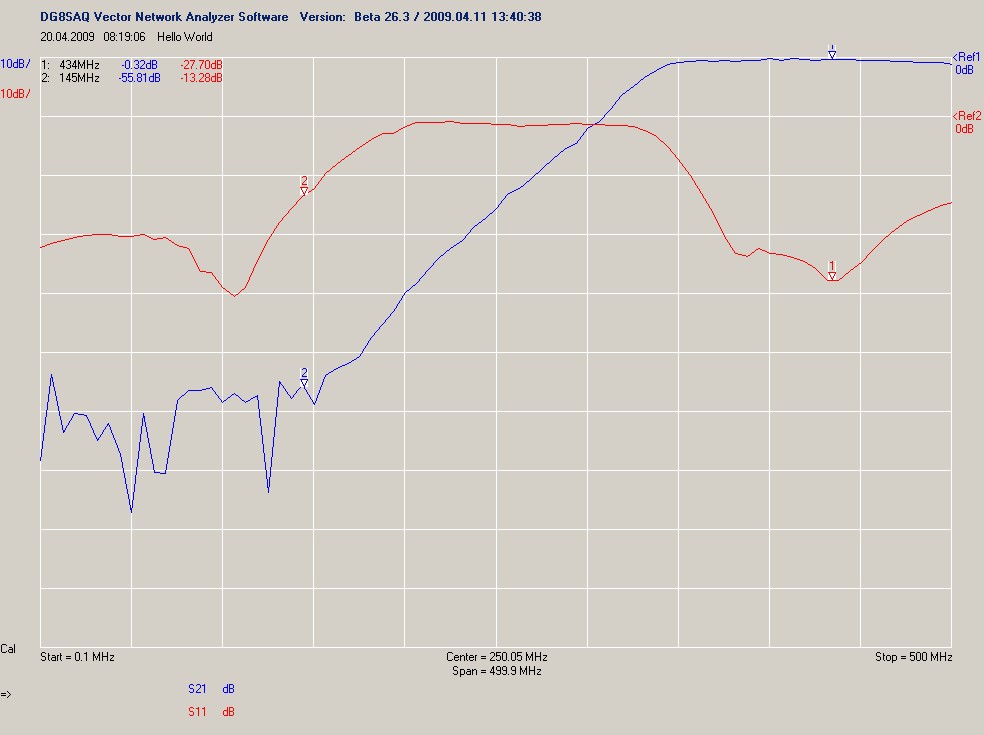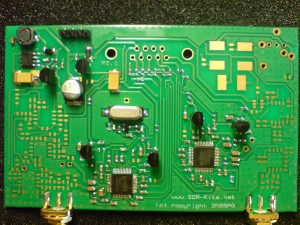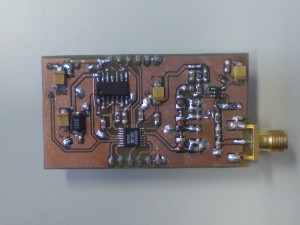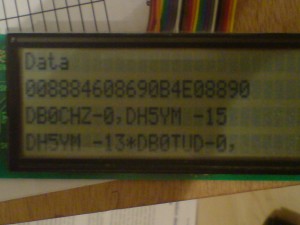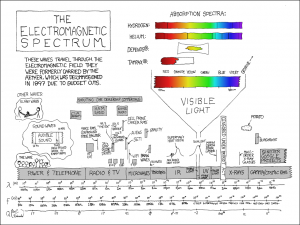Here the steps that lead to successfully starting WSPR 1.1 on my Ubuntu 8.10 system:
From OH2GQC i got the information how to checkout the sources (You need SVN installed before):
mkdir src
cd src
svn checkout svn://svn.berlios.de/wsjt
cd wsjt/branches/wspr
now you need a couple of packages necessary to compile/run WSPR. The list can be found at WSPRNET.org
python2.5-dev
python-numpy 1.1.1 (no problems with this version here yet)
python-imaging tk
python-pmw
libportaudio2
libportaudio-dev
portaudio19-dev
libsamplerate0-dev
subversion
subversion tools (I may have thrown this in for good luck)
python-svn
In addition the gfortran compiler seems not valid for WSPR. Download the g95 debian package and install it. This compiler will work.
When i tested the revision of the trunk of the WSJT tree was something 11xx. There i got several error messages after typing make. Therefore i reverted the directory of WSPR back to r1045 which was said to be ok. I did this in the WSPR directory with the command:
svn up -r 1045
After that a ./configure should work and after that make should do all the compile stuff.
After that start WSPR with the command:
python wspr.py


